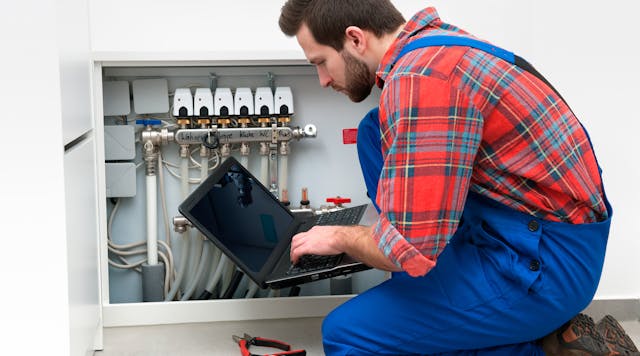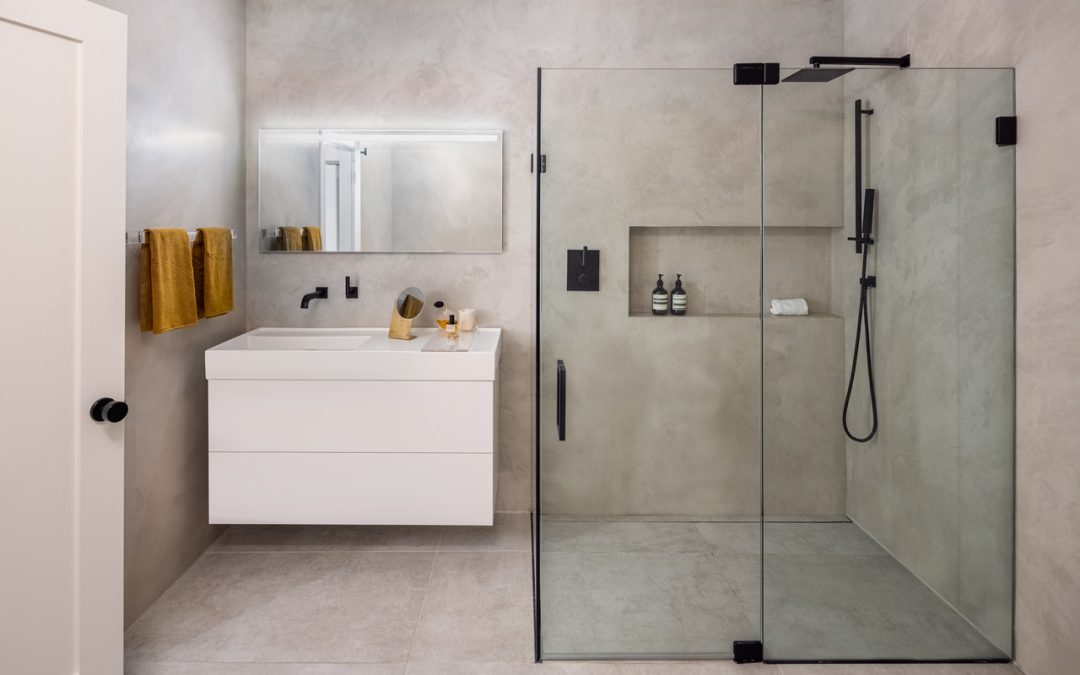Just how do you really feel about 7 Plumbing Industry Trends You Need To Know?

Intro
The plumbing industry is undertaking a transformative phase driven by technical advancements and growing concerns for sustainability and effectiveness. This short article explores emerging fads and technologies forming the future of plumbing.
Smart Plumbing Solutions
Including smart technology right into pipes systems allows remote monitoring, leakage discovery, and automated maintenance. Smart sensing units and IoT (Internet of Points) gadgets enable property owners and plumbing technicians to keep track of water usage and detect concerns in real-time, leading to extra effective source management and positive upkeep.
Water Effectiveness Solutions
With enhancing focus on water conservation, ingenious options are being created to decrease water wastage in pipes systems. High-efficiency components, greywater recycling systems, and clever irrigation controllers are amongst the innovations aiding consumers decrease their water footprint while preserving convenience and convenience.
Sustainable Materials
The shift towards sustainability reaches plumbing materials, with a growing preference for environment-friendly alternatives. Biodegradable piping materials, such as PEX (cross-linked polyethylene) and HDPE (high-density polyethylene), offer resilience and resistance to deterioration without endangering ecological stability.
Predictive Upkeep
Anticipating maintenance techniques leverage information analytics and machine learning formulas to anticipate and protect against pipes problems prior to they take place. By analyzing historical data and performance metrics, anticipating upkeep algorithms can identify patterns and anomalies, allowing aggressive treatments to stay clear of expensive repair work and interruptions.
Augmented Truth in Pipes
Augmented Reality (AR) technology is reinventing pipes by giving specialists with real-time visual assistance for fixing and repair jobs. AR-enabled clever glasses or mobile applications overlay electronic details onto the physical setting, aiding plumbing professionals envision pipeline formats, determine hidden leaks, and carry out repair work with precision.
Influence of 3D Printing
The advent of 3D printing has presented new opportunities in producing pipes components. From custom-designed fixtures to detailed pipe fittings, 3D printing allows for quick prototyping and on-demand production, lowering lead times and making it possible for higher personalization in pipes layout.
Health And Wellness Qualities
In reaction to increased concerns for health and wellness, plumbing fixtures are integrating features such as antimicrobial surfaces, touchless operation, and self-cleaning systems. These innovations not only enhance health but likewise promote customer comfort and ease.
Hygiene-focused Fixtures
Touchless taps, self-sanitizing bathrooms, and antimicrobial surface areas are coming to be increasingly widespread in domestic and commercial setups, decreasing the threat of bacterium transmission and advertising a cleaner, healthier atmosphere.
Water High Quality Monitoring
Advancements in water high quality surveillance innovations make it possible for home owners to keep track of the pureness and safety and security of their water in real-time. Smart water quality sensing units can identify contaminants, pH levels, and temperature variants, encouraging users to take positive procedures to make sure water security.
Remote Plumbing Solutions
Remote diagnostics and online help are revolutionizing the means plumbing services are provided. Via video clip conferencing and remote accessibility technologies, plumbings can troubleshoot concerns, provide advice for DIY repair work, and also perform remote evaluations, using higher accessibility and comfort to homeowners.
Difficulties and Opportunities
While pipes developments hold immense promise, they additionally existing challenges such as data privacy problems, regulatory compliance, and the requirement for workforce training. Attending to these challenges requires collaboration between market stakeholders and regulative bodies to make certain secure and responsible execution of brand-new modern technologies.
Regulative Landscape
Regulative frameworks play an essential function in shaping the adoption of pipes technologies, with standards and codes governing everything from water performance to item security. As innovations remain to evolve, governing bodies must adapt to guarantee consumer protection and environmental stewardship.
Future Overview
The future of pipes is identified by continued advancement and assimilation with other fields such as IoT, renewable energy, and building automation. By accepting lasting techniques, leveraging emerging innovations, and prioritizing user-centric design, the plumbing industry is positioned to resolve the progressing requirements of culture while decreasing its environmental impact.
Verdict
In conclusion, the future of pipes is defined by a merging of innovation, sustainability, and user-centric style. By welcoming smart remedies, lasting materials, and positive upkeep techniques, the plumbing industry can improve effectiveness, advertise safety, and contribute to a much more sustainable future.
Plumbing Industry Trends You Need To Know
Smart technology in plumbing
Homeowners want to be able to manage their homes from their phones. The technology exists to make that happen. From smart toilets to leak detector devices, the whole plumbing system can be managed on an interconnected network made up of sensors, IoT devices, and machine learning algorithms.
This allows for wireless control to turn appliances on and off, automate routines, and access advanced monitoring to track water usage and flag potential issues. Smart technology streamlines water consumption, maintenance and energy usage, creating a more efficient system.
Green plumbing
The data analysis possible with smart technology not only improves convenience and cost-effectiveness but also fulfills a high-priority customer desire – sustainability. Consumers are very aware of their impact on the planet and want plumbing solutions to reduce damage and support sustainability. Eco-friendly plumbing solutions are already starting to emerge.
Customers can opt for low-flow toilets, water-saving faucets, and connections to sustainable energy sources. Beyond monitoring water consumption, customers can conserve water through the installation of greywater systems. This is a system that collects water that has been used but is still clean enough for some household uses such as toilet flushing.
Shorter product pipeline
To keep up with modern plumbing, plumbers need modern tools that enable them to complete jobs more efficiently. One technology making strides in this area is 3D printing. By 3D printing key plumbing fixtures, plumbers can reduce wait times even for specialized fixtures. It minimizes delays often seen in traditional manufacturing that frustrate customers and prevent plumbers from taking on more work.
Off-site repairs
Augmented reality is making a splash in many industries including plumbing. Plumbers can map a building online so they can explore the plumbing system through augmented reality, identifying areas of maintenance and repair completely digitally. This technology can be applied quite widely in plumbers’ work including planning installations and training new recruits. It’s safer, smarter and more efficient.
Low-footprint materials
Another way for plumbing companies to reduce their environmental footprint and meet the customer demand for sustainability is by using recycled materials in their work. The products they source and manufacture such as pipes, fixtures and faucets can be made from recycled materials. This saves the planet while being just as effective.
Onsite water purification
Additionally, plumbing companies can be advocates of water conservation and ease the financial and environmental concerns of customers by offering water purification systems. New water purification technology such as reverse osmosis systems and UV systems make it possible for homeowners and business owners to thoroughly cleanse water, removing contaminants onsite. This means the water can be safely reused in more ways than greywater can be, establishing a water recycling loop.
Tankless water heaters
Another innovation of modern plumbing is tankless water heaters. The idea is that the water is heated on demand as it runs through the system instead of being heated in a water tank. This is more energy efficient and therefore cost-effective and eco-friendly because water isn’t heated needlessly.

We had been introduced to that write-up on The Future of Plumbing: Trends and Innovations to Watch through a buddy on a different site. In case you appreciated our article plz don't forget to pass it around. We treasure your readership.
Call Today